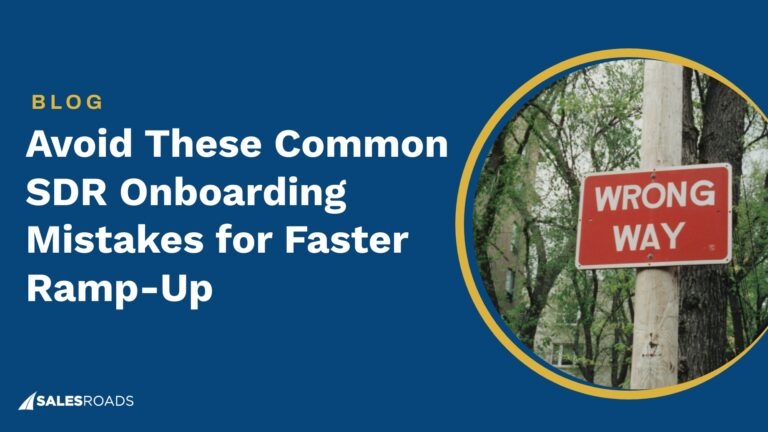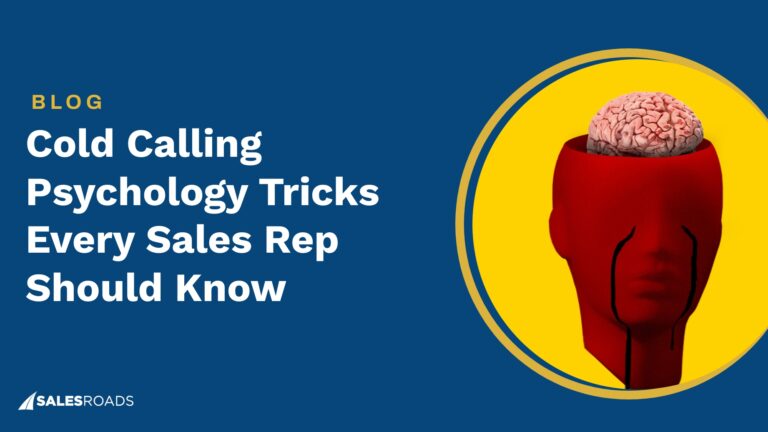Outsourcing your inside sales team can help increase company efficiency and productivity while saving costs. It also allows you to leverage the technology and expertise of an agency to boost conversion rates.
What is Inside Sales?
Inside sales, also known as virtual or remote sales, is the process of trading goods and services via phone or online channels. B2C as well as B2B organizations leverage this tactic, with SaaS organizations leading the adoption trend.
Remote selling is not a new concept, but it has significantly grown since the beginning of COVID-19. In a recent study made with 755 SaaS sales professionals1, 60% claimed that half of their staff started working remotely during the pandemic, and 20% consider making it a permanent setup.
Businesses benefit from inside sales by:
- Leveraging technology to save costs: Since inside sales is done remotely, you won’t have to pay for the transportation expenses of traditional outside sales methods.
- Reaching more prospects: By leveraging the inside sales methodology, you can reach more people and gain qualified leads.
- Adapting to the ever-changing buyer demographic: Inside sales makes it easy for the sales team to engage with leads at all stages of the buyer’s journey.
- Increasing opportunity for scalability: Unlike outside sales, which requires more space and workforce for expansion, scaling inside sales is possible using technology alone.
An inside sales team is typically composed of business development representatives (BDRs) and sales development representatives (SDRs) supervised by managers. The roles of BDRs and SDRs have overlapping responsibilities and the titles may be used interchangeably.
In-house vs. Outsourced Inside Sales Team
| Points of Comparison | In-house Sales Team | Outsourced Sales Team |
| Building duration | 3-6 months | Weeks |
| Associated costs | Salaries, benefits, training | Fixed price |
| Communication | Direct | Person in-charge |
You can set up an inside sales department by building an in-house team or outsourcing it. To choose the most suitable option for your business, it’s crucial to understand the benefits and disadvantages of each method.
In-house Inside Sales Team
| Pros | Cons |
| Full operational control | Lengthy onboarding process |
| Maximize your talent pool | High initial investment |
| Direct communication |
An in-house inside sales team is directly hired by the company. They are full-time employees responsible for the business’s remote selling activities.
The advantages of an in-house sales team include:
- Full operation control: You have full control over the operation and direction of your in-house inside sales team. If any aspect of their process requires improvement, you can immediately change it to avoid further problems.
- Maximize the existing talent pool: You can build your in-house sales team if any current employees have the aptitude for selling remotely. 41% of employees2 say they are more likely to stay longer in companies that hire internally, reducing costly turnover.
Internal hiring simplifies onboarding because your team already knows your industry and operation. This is true for any sales professional you hire as part of your inside sales team including SDRs, Account Executives, and Sales Development Managers.
- Direct communication: In-house inside sales teams get feedback directly from company decision-makers, facilitating adjustments and mitigating miscommunication risks.
In-house inside sales teams also have several challenges, including:
- Lengthy onboarding process: You’ll need to recruit outside candidates if your current employees lack the skills and experience for remote selling. After hiring, SDR training takes an average of 3.1 months3 before they’re fully functional. Recruiting managers to supervise the team can extend the onboarding process even more.
- High initial investment: Small businesses often can’t compete with big companies because developing an in-house sales force takes a large investment.
The average yearly salary of BDRs is between $48,978 and $51,859, while SDRs are typically paid from $45,910 to $67,688.
| Average Salary from Top Sources | Business Development Representative | Sales Development Representative |
| Glassdoor | $51,859/ yearly | $67,688/ yearly |
| ZipRecruiter.com | $49,132/ yearly | $51,720/ yearly |
| Payscale.com | $48,978/ yearly | $45,910/ yearly |
On top of salaries, you need to pay for benefits, training, and equipment for your inside sales team, which can inflate your overhead costs.
Outsourced Inside Sales Team
| Pros | Cons |
| Cost savings | Quality and control issues |
| Access to a wider talent pool | Alignment concern |
| Scalability | |
| Flexibility |
Outsourcing an inside sales team involves engaging a third party to handle specific tasks or the entire sales process.
The main benefits of outsourcing an inside sales team are:
- Cost savings: Most inside sales companies have fixed prices for their services, so you won’t have to shoulder additional expenses such as training and equipment costs. Custom solutions are typically charged on a retainer basis, and all associated expenses are covered.
- Access to a wider pool of talents: Outsourcing companies are experts in finding the sales talent capable of executing your inside sales tasks. To stay competitive, these employees receive ongoing training and are prepared to start working on your project immediately.
- Scalability: Outsourcing an inside sales team allows you to grow your operation without significantly increasing your overhead expense. You won’t need to transfer to a bigger office or pay for more equipment to accommodate your growing business.
- Flexibility: Most outsourced inside sales teams work on project or contract basis. If you don’t get the expected results, you can opt to terminate and explore other strategies.
The common pitfalls of outsourcing sales are:
- Control and quality issues: Since outsourced inside sales teams work independent of your organization, you can’t supervise their day-to-day operations. If they fail to meet your company’s standards, you might face serious damage to your reputation.
- Alignment concerns: Organizational alignment is crucial for a successful company. Outsourced sales teams are not fully within your control, and there’s a chance of miscommunication with other departments.
Working with a reliable agency is the easiest way to avoid the common problems that come with outsourcing sales.
Inside Sales Services for Big and Small Businesses
You can choose to outsource specific inside sales tasks or the entire process. Here’s a list of inside sales activities that big and small businesses can outsource:
Lead Qualification
Lead qualification ensures that your sales pipeline has a steady influx of highly qualified leads. After comparing prospects against the company’s ideal customer profile (ICP), SDRs encourage leads that fit the qualification to book appointments with account executives.
If your marketing team generates a long and diverse lead list, the qualification process can be time-consuming, making it a great choice for outsourcing.
Cold Emailing
Cold emailing involves emailing prospects with little to no interaction with your company. This tactic increases brand awareness and credibility, making it easier for account associates to sell via phones and online channels.
By outsourcing cold emailing, you free up your AEs to develop sales presentations and convert leads into customers.
Social selling
Social selling leverages your brand’s social media channels to reach prospects and nurture them into paying customers.
This task is an excellent choice for outsourcing because it requires extensive content creation and implementation of advertising strategies. Even if your sales team has the skills to create content and advertising, they should focus their time on other essential tasks for closing deals.
Reliable Inside Sales Outsourcing Company Checklist
It can be challenging to decide the best partner for your needs as many companies provide inside sales services.
The must-have qualities of a reliable inside sales outsourcing company include:
- Well-structured workflow: A reliable inside sales company has an established and efficient workflow. This is evident in how they onboard clients and adapt to your processes.
- Competent & reliable salespeople: An outsourcing company’s capacity to deliver depends on its workforce. Check the training, certificates, and experience of the salespeople they assign to your project.
In the video below, SalesRoads’ president, David Kreiger, covers how to seek clarification about your appointment setting partner’s strategy for training their SDRs on your campaign.
- Open communication: You are bound to have concerns and suggestions when outsourcing an inside sales team. It’s highly recommended to choose a responsive company that offers multiple communication channels.
- Proven success: You can evaluate an outsourcing company’s effectiveness by its past work. Most service providers present a success portfolio during their pitch, but you can also check third-party review platforms to see what previous clients are saying about them.
- Competitive pricing: Most inside sales outsourcing companies have fixed rates or retainer fees for custom solutions. To evaluate the best prices, request quotations from multiple service providers.
Bottom Line
Inside sales allows you to reach more prospects without inflating your expenses. By outsourcing an inside sales team, you can significantly increase your productivity and conversion rates.











